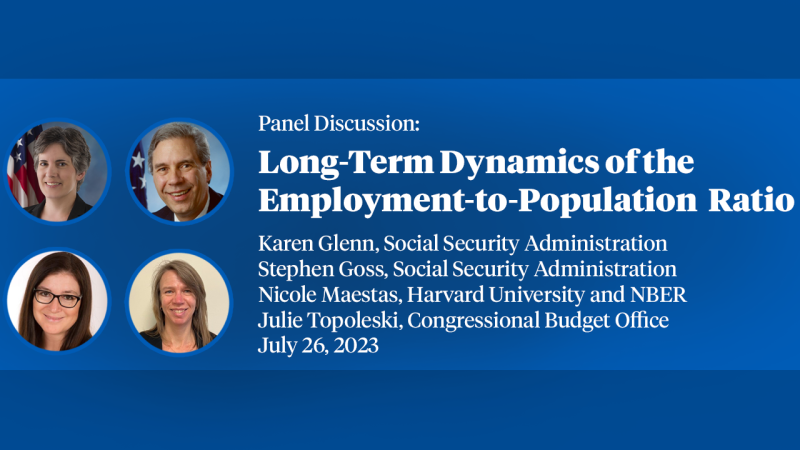How Segregated is Urban Consumption?
We provide measures of ethnic and racial segregation in urban consumption. Using Yelp reviews, we estimate how spatial and social frictions influence restaurant visits within New York City. Transit time plays a first-order role in consumption choices, so consumption segregation partly reflects residential segregation. Social frictions also have a large impact on restaurant choices: individuals are less likely to visit venues in neighborhoods demographically different from their own. While spatial and social frictions jointly produce significant levels of consumption segregation, we find that restaurant consumption in New York City is only about half as segregated as residences. Consumption segregation owes more to social than spatial frictions.
Published Versions
Donald R. Davis & Jonathan I. Dingel & Joan Monras & Eduardo Morales, 2019. "How Segregated Is Urban Consumption?," Journal of Political Economy, vol 127(4), pages 1684-1738.


